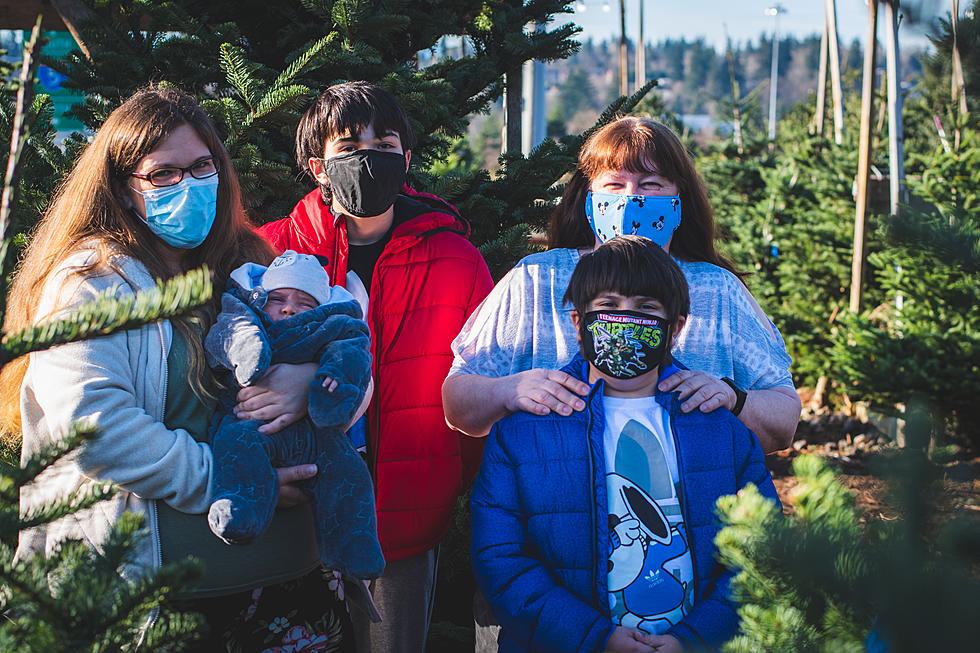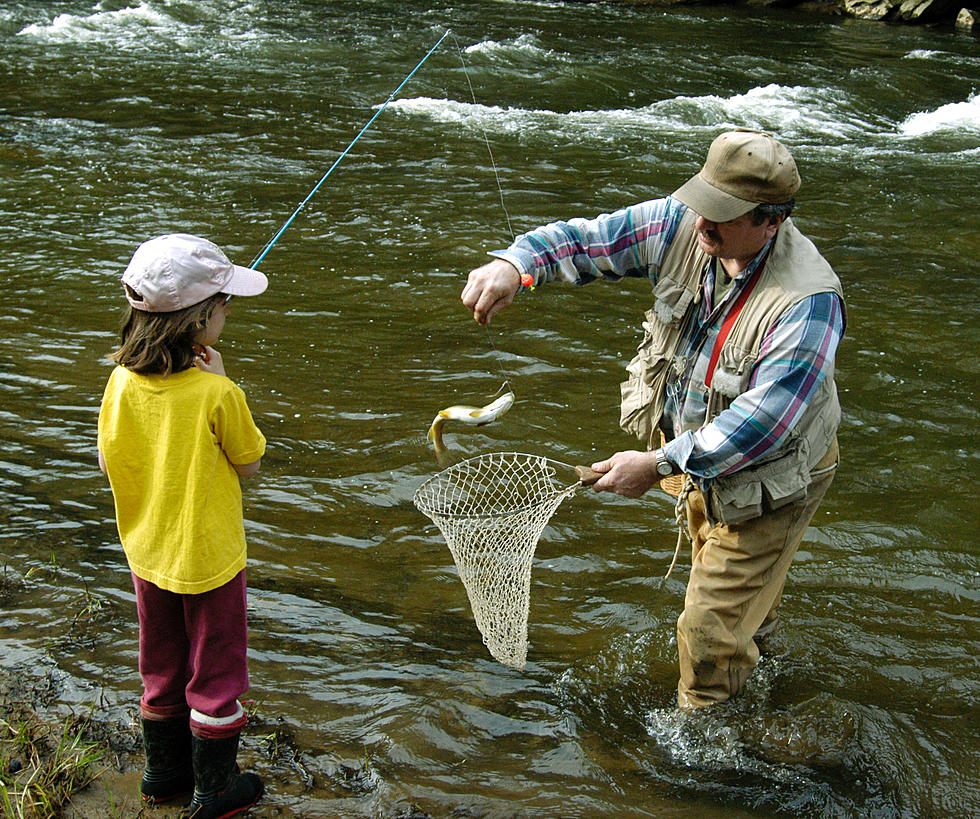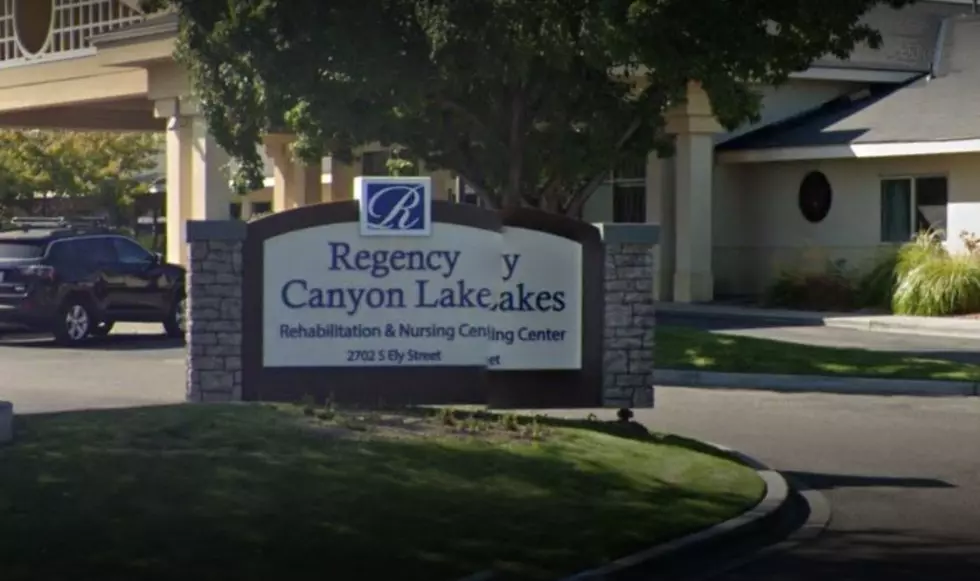
New Permanent Outdoor Heat Rules for WA Workers in Place
For two years, there have been a series of temporary outdoor worker rules in place in WA state from Labor and Industries. Now, as of Monday, they became permanent.
New rules do not apply to first responders or firefighters
Because of the nature of the emergencies faced by these workers, the logistics of providing the items required are at times impossible, so fire crews and first responders are not covered, apparently. But all other outdoor workers are, ranging from road crews to construction, landscaping, etc.

The Labor and Industries standards now require an employer to provide cool water and shade when worksite temperatures exceed 80 degrees. The new rules include the following:
- "Employers must include certain specific elements in their written outdoor heat exposure safety programs in a language employees understand.
- Training requirements are updated to incorporate the changes in the adopted rule.
- Shade, or other sufficient means for cooling down, must be provided any time employees are exposed to heat at or above action levels
- Drinking water must be suitably cool in temperature. Current rules require sufficient quantities for each worker to drink at least a quart per hour at the applicable action level."
There are also new provisions for monitoring newer workers or those who have not acclimated to working outside in hot weather, for up to 14 days. When temps are above 90 degrees, L & I mandates a ten-minute cool-down period is required every two hours.
The new rules also consider a heatwave to be when temperatures are ten degrees higher than what they referred to as the five-day average.
LOOK: The most extreme temperatures in the history of every state
More From 97.1 KXRX









